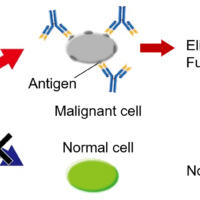Introduction
The fluorescence detector (FL detector) is widely used as one of the detection methods in HPLC analysis. This detector enables selective detection of substances that fluoresce, and its sensitivity is 2-3 orders of magnitude higher than UV detection. In addition, non-fluorescent substances can be converted to fluorescent substances by derivatization, and many derivatized reagents are sold as commercial products. Therefore, fluorescence detection enables highly sensitive/selective detection for many compounds, and can be applied to various industrial fields. However, the fluorescence detector has never been used for supercritical fluid chromatography (SFC) so far because its cell was difficult to increase the pressure resistance structurally.
Recently, JASCO has developed high pressure cell for the fluorescence detector (see Fig. 1), and its cell can be applied to SFC analysis. As an example using this newly development cell, this report shows a measurement result of Anthracene by SFC.
Keyword : Anthracene, SFC, Fluorescence detector
Experimental


Fig.1 Difference between a conventional cell and new cell

Results
Fig.2 shows the UV and FL chromatograms of 5 ng/mL Anthracene standard sample, and Table 1 shows the detection limits of Anthracene for each. These results mean that the fluorescence detector enables approximately 270 times higher sensitivity detection than the UV detector.

Fig.2 UV and FL chromatograms of 5 ng/mL Anthracene
Table 1 Detection limits of Anthracene







